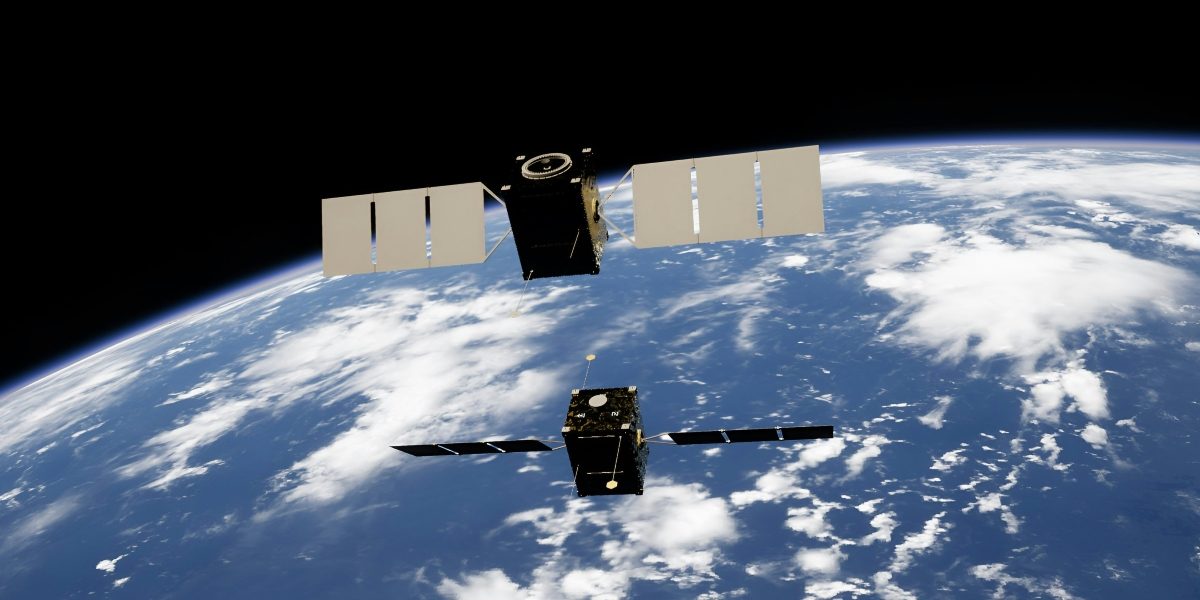Orbiting high above the surface of the Earth, Sentinel satellites offer a consistent view of the planet, relaying data that contributes to scientific observations. In contrast to traditional scientific investigations, which can rely on field observations that may vary or require significant effort, satellite imagery provides a continuous flow of high-resolution images over large areas. This technology has become an essential tool in modern science.
Monitoring Climate Change
Monitoring the Earth’s changing climate demands a continuous, global perspective grounded in precision. Sentinel satellite imagery provides precisely that. With its ability to capture consistent, high-resolution data across land, ocean, and atmosphere, the Sentinel missions enable researchers to detect and analyze subtle shifts in the planet’s systems over time. From tracking rising sea levels to observing the retreat of glaciers and fluctuations in vegetation cover, this imagery reveals patterns often invisible at ground level but critical to understanding long-term climate dynamics.
One of the key strengths of Sentinel data lies in its temporal consistency. Unlike sporadic field studies, the satellites offer routine, repeat observations that allow scientists to monitor changes as they unfold. This continuity is particularly valuable in detecting climate-related anomalies, such as drought intensification, snowpack distribution changes, or the increasing frequency of wildfires. Observing these developments in near real-time provides both early warning and long-term trend analysis, supporting more informed responses from policymakers and researchers alike.
Moreover, the open-access nature of the Sentinel program fosters collaboration across scientific disciplines and international borders. Climate change is a global issue, and access to shared, standardized data helps research is not confined to specific regions or institutions. In this way, Sentinel satellite imagery is not only a technological asset but also a catalyst for collective scientific action in addressing one of the pressing challenges of our time.
Improving Natural Disaster Response
Time is often a critical resource in the face of natural disasters. Sentinel data plays a pivotal role in enhancing disaster response efforts’ speed, accuracy, and effectiveness. By providing timely and high-resolution data, the Sentinel missions allow authorities and humanitarian organizations to assess the scale and impact of events such as floods, wildfires, landslides, and hurricanes with remarkable precision. This capability enables more efficient coordination of emergency services, optimized allocation of resources, and, ultimately, more lives saved.
Sentinel-1 stands out as vital in disaster management among the Sentinel missions. Equipped with synthetic aperture radar (SAR), Sentinel-1 can capture images regardless of cloud cover or lighting conditions. This makes it especially valuable during emergencies when weather may obscure other observation forms. For example, during significant flood events or after powerful earthquakes, Sentinel-1 provides consistent, all-weather imagery that helps responders quickly map affected areas and assess damage, even during nighttime or under heavy cloud cover.
Moreover, the availability of free Sentinel satellite imagery significantly lowers the barrier for disaster-prone regions and developing countries to access critical information. The program’s open-access model empowers local agencies, international NGOs, and academic institutions to work with the same high-quality data, fostering better collaboration and faster response times.
Enhancing Agricultural Practices
Modern agriculture is undergoing a quiet transformation, driven not only by machinery and biotech but increasingly by data from space. Sentinel imagery has become an essential tool for farmers, agronomists, and researchers, providing valuable insights into the condition of crops and soils across large areas. By capturing detailed information on vegetation health, moisture levels, and land use patterns, Sentinel-2 data supports more efficient, sustainable, and resilient agricultural practices.
The value of this technology lies in its consistency and broad coverage. Unlike localized ground measurements, Sentinel offers a broad and relatively uniform perspective of agricultural landscapes, which can help identify potential issues such as crop stress, disease, or water shortages before they become visible to the naked eye. The Sentinel-2 satellite has a multispectral instrument that captures data in 13 spectral bands, including those sensitive to vegetation health. This makes Sentinel-2 imagery useful for tracking plant growth, estimating biomass, and evaluating photosynthetic activity over large areas.
Farmers can adjust irrigation schedules, apply fertilizers more precisely, and even alter planting strategies based on seasonal trends with regular monitoring. Sentinel-2’s high temporal resolution (revisiting the same location every five days) makes sure that agricultural changes are captured frequently enough to support timely decision-making throughout the growing season.
The Future of Scientific Research with Sentinel Satellites
As scientific inquiry continues to push the boundaries of what we know, the need for comprehensive, reliable, and scalable data grows increasingly urgent. Sentinel satellites are poised to play an even more central role in this evolving landscape. Integrating Sentinel-retrieved data with emerging technologies such as artificial intelligence, machine learning, and cloud-based analytics opens new dimensions in scientific discovery. Researchers can detect patterns at unprecedented speed and scale, uncovering subtle correlations across ecosystems, climate systems, and human activity.
As accessibility improves, participation tends to increase. The growing availability of Sentinel’s free data sources allows scientists, students, and innovators worldwide to research and contribute to solutions previously more restricted to well-funded institutions. This broader access to space-based observation can encourage collaboration, bring diverse perspectives, and potentially support innovation.
In the years ahead, Sentinel satellites will likely play a key role in guiding and informing scientific exploration. Whether it’s monitoring the health of our oceans, supporting climate modeling, or contributing to efforts in planetary sustainability, their data will be valuable in addressing important questions that shape our future.
Author: Peter Kogut
Peter Kogut has a PhD in Physics and Mathematics and is the author of multiple scientific publications. Among other topics, he focuses on satellite imagery processing and application in his academic research. Currently, Prof. Dr. Peter Kogut also works as a science advisor.
Disclaimer: The information presented in this article is for general informational purposes only. While every effort has been made to make sure the accuracy of the data, the author and publisher make no representations or warranties regarding the completeness, reliability, or applicability of the information.
Published by: Liz SD.


















